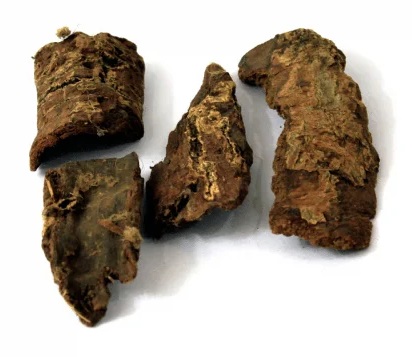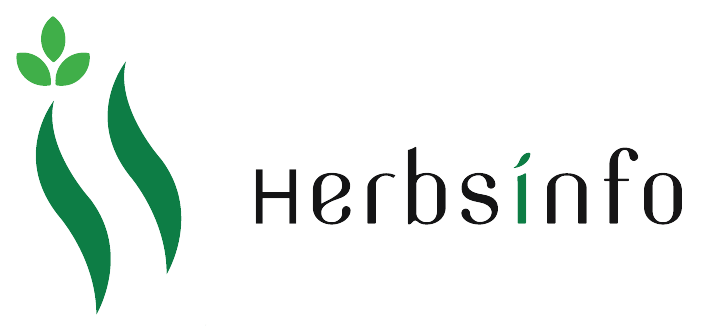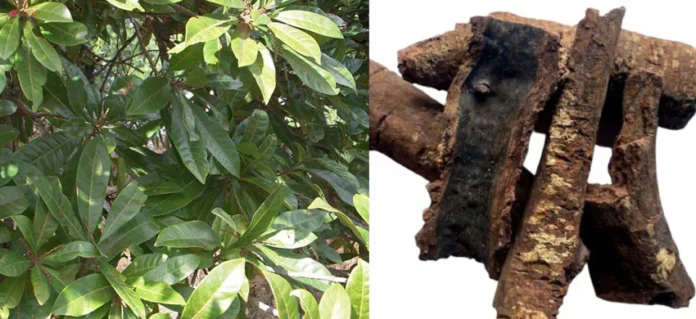INTRODUCTION
Box Myrtle (Myrica nagi), or Kath Phal, is a small tree found in the Himalayas. It has small purple berries that are used in traditional medicine. These berries are rich in antioxidants, help reduce inflammation, improve digestion, and support respiratory health. They are also known to boost the immune system. The fruit can be eaten fresh or dried and is valued for its health benefits.
Forms

Box Myrtle (Kath Phal) comes in several forms:
- Fresh berries: Eaten directly for nutritional and health benefits.
- Dried berries: Used in traditional remedies and herbal preparations.
- Powder: Made from dried berries or bark, used in supplements or mixed with water.
- Extract: Concentrated form used in herbal medicine for easy consumption.
- Tea: Made from dried berries or bark, often used for digestive and respiratory health.
Health Benefits
Box Myrtle (Myrica nagi, also known as Kath Phal) is celebrated for its numerous health benefits, which are derived from its berries, bark, and leaves. Here are some key health benefits:
Rich in Antioxidants
Box Myrtle is high in antioxidants, such as flavonoids and phenolic compounds, which help combat oxidative stress and protect cells from damage caused by free radicals. This may reduce the risk of chronic diseases, including heart disease and cancer.
Anti-inflammatory Properties
The plant has potent anti-inflammatory effects that can help alleviate conditions such as arthritis, joint pain, and other inflammatory disorders. Its compounds reduce swelling and pain in affected areas.
Digestive Health
Box Myrtle aids digestion and is used to treat various gastrointestinal issues, including indigestion, bloating, and diarrhea. Its astringent properties help tone the digestive tract, making it effective for relieving stomach discomfort.
Respiratory Support

Traditionally, Box Myrtle has been used to treat respiratory problems like asthma, bronchitis, and chronic coughs. It helps reduce inflammation in the respiratory tract, making it easier to breathe and clearing phlegm.
Antimicrobial Effects
The antimicrobial properties of Box Myrtle make it effective against certain bacteria and fungi. It can be used topically to treat wounds, cuts, and skin infections, helping to prevent infection and promote healing.
Wound Healing
The astringent and antimicrobial properties of the bark and leaves help speed up the healing process of wounds and cuts. They help reduce inflammation and prevent infection in the affected areas.
Blood Sugar Management
Some studies suggest that Box Myrtle may help lower blood sugar levels and improve insulin sensitivity, making it potentially beneficial for people with diabetes. However, more research is needed to confirm this effect.
Immunity Booster
The antioxidant and antimicrobial properties of Box Myrtle can enhance the immune system, helping the body defend against infections and illnesses.
Skin Health
The astringent properties of Box Myrtle can benefit skin health by tightening tissues and reducing excess oil, making it useful for treating acne and oily skin. It is also used in some traditional remedies for skin irritations.
Traditional Detoxification
In some traditional practices, Box Myrtle is used for detoxification, supporting liver and kidney function. Its diuretic properties may help flush toxins from the body.
Anti-diarrheal Effects
The astringent properties of Box Myrtle make it useful in treating diarrhea and dysentery by helping to tighten tissues in the intestines and reduce excessive secretions.
Side Effects
While Box Myrtle (Myrica nagi, Kath Phal) is generally considered safe when used appropriately, it may have some side effects and precautions to consider:

- Digestive Issues
- Allergic Reactions
- Blood Sugar Levels
- Interference with Medications
- Pregnancy and Breastfeeding
- Kidney or Liver Issues
- Excessive Astringency




